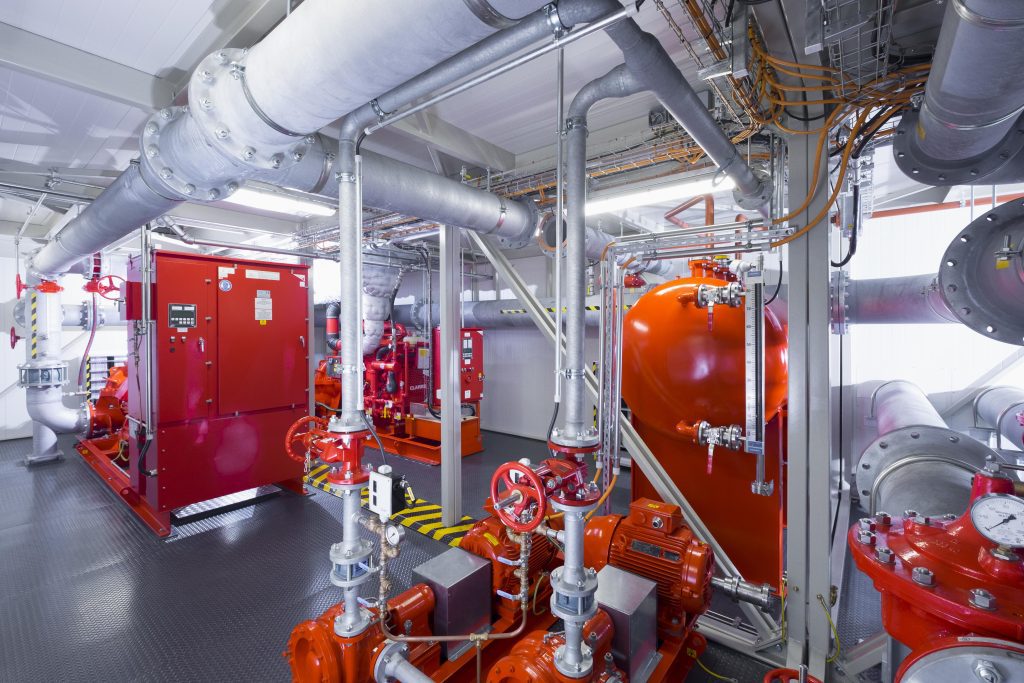Several factors need to be considered when installing a diesel driven fire pump. These include fuel supply and combustion air, exhaust, ventilation, engine cooling and the operating environment.
The engine room piping needs to be properly sized. This will depend on the type and size of silencer selected, the length of the pipe run, etc.
Fuel tank
The fuel tank of a diesel driven fire pump is an important safety feature. It is pre-pressurized before it goes into service, and can be pumped on a yearly basis to maintain the pressure. This ensures that all systems are working, and that the pumps won’t lose their pressure if they fail.
The fire pump fuel tank must be sized to hold two-thirds of its rated capacity at the highest flow rate. It must also be able to operate for at least 30 hours under full load. This requirement was added in 2022 after public input.
The engine that drives the fire pump must be sized to meet all the requirements set by NFPA 20, and must be able to provide the required horsepower under all conditions of speed and load over the entire power curve on the factory-certified test report. Look for a peak that is falling, as this indicates the driver has been properly sized for the application.
Fuel pump
The fuel pump is what brings the diesel from the tank into the engine. It has a filter and sends the fuel through an electrical resistor that measures resistance in the fuel. When the resistor reads low on fuel, it signals your vehicle’s fuel gauge to light up.
Most fire pump drive engines are fueled with diesel. They’re state inspected on a yearly basis and are pre-pressurized before being put into service. If the system loses pressure, a switch is activated and the diesel pumps are brought on and run until a fire is extinguished or the pump is manually shut off.
NFPA 20 requires that diesel fuel tanks be sized for a duration of eight hours. They’re also required to be located in the pump room where they can maintain a steady temperature. The diesel driver, whether it’s an electric motor or a diesel engine, must be sized according to the factory-certified test curve and meet UL and FM requirements.
Axial seal ring
The axial seal ring is the part that forms the interface between the flanged pump inlet and the drive shaft. It can be made of metal or an o-ring, and it’s designed to handle high pressure and temperatures. The o-rings are usually made of polymers, while the metal ones use high temperature super alloys like Inconel.
The seal ring has grooves cut into its surface to support the o-rings. The o-rings are squeezed by the system pressure to create a seal. It’s important to select the right seal ring for your application, because the type of o-ring can have an impact on the system design.
The fuel tank needs to be sized based on the fire duration and expected power requirements of your facility. It should be able to hold one gallon per engine horsepower, plus five percent for expansion and five percent for the sump. The fuel tank should also be insulated and guarded to minimize heat transfer to the fire pump room.
Inlet and outlet piping
The piping connecting the water supply to the fire pump is referred to as suction piping. NFPA 22 includes guidance on selecting and installing this type of piping, including minimum size requirements. It’s important that this piping is properly sized to minimize the possibility of pump system turbulence and over-pressurization.
A pressure relief valve is required in the discharge piping to prevent over-pressurization of the system. NFPA 20 specifies that the maximum pressure is equal to or less than 150 percent of the fire pump churn pressure, multiplied by 1.21.
High-quality test equipment is needed for the flow test, including pressure gauges and transducers (a device that converts energy into an electrical signal). These devices must be highly accurate to identify trends in readings over time. They should also bear a calibration sticker attesting to calibration by an approved calibration facility. Any equipment that’s not available during the test should be able to be replaced with equipment that meets NFPA 20 requirements.


